Ladybird Larvae x100 with Release Bags
£17.99
| Quantity | Price | 1 | £17.99 |
|---|---|
| 2+ | £14.99 |
| 5+ | £13.99 |
Aphids attacking trees can be a BIG problem (the 1st visible symptom of attack is large amounts of sticky honeydew which drips down on to your car, your garden furniture or your patio) – control aphids naturally by introducing native British Ladybird Larvae with release bags into the trees. Green Gardener only supplies British Adalia bipunctata ladybird larvae – we do NOT supply Harlequin ladybirds. The Ladybird Larvae come in packs of 100 with a cotton release bag. They are sent by 1st class post with food included and each 100 larvae is supplied with a release bag i.e. order 500 larvae and you will receive 5 x release bags. Ladybird larvae eat 100’s of aphids each day, so by introducing them into trees / hedges aphids can be controlled naturally. Being mobile, the larvae will quickly spread out into the canopy to search out and devour aphids & introducing the larvae is easy with our cotton release bags. Available now for use in sheltered gardens or enter a future date below.
Special Offer – Add Adult Ladybirds to your order and save £2.49 off the combined price – see below.
Special Offer -Add a twin pack of Ladybird Feeders to your order and save £1.00 off the combined price – savings applied at checkout.
Special Offer -Add 2 sachets of Ladybird Food to your order and save £2.00 off the combined price – see below.
Full Description
Ladybirds are the best known beneficial insect and a welcome sight in the garden, where they happily munch away on greenfly and other tasty pests. By releasing ladybirds (available as adults and / or larvae) in your garden you can boost their numbers, which will lead to a permanent decrease in the number of pests in your garden i.e. aphids. Each ladybird will eat about 5000 aphids and will soon produce ladybird larvae which in turn also eat aphids.
Conifers, trees and hedges – Aphids (Greenfly and blackfly) attacking trees is BIG problem – the first visible symptom of attack is large amounts of sticky honeydew (produced by the aphids as they suck sap from the tree), which drips down on to lower branches, your car, your garden furniture or your patio! Conifers often develop unsightly brown patches and the R.H.S. confirms that Cypress Aphid (a type of Greenfly) is the cause in over half the cases. Spraying chemicals into large plants and trees is just not practical and harms beneficial insects such as ladybirds, so release Ladybird Larvae instead.
Ladybird Larvae in Bags for controlling aphids in conifers, trees and hedges – We supply native British Adalia bipunctata 2 spot ladybird larvae with release bags ready for release into your trees. Green Gardener only supplies native British Adalia bipunctata ladybirds – we do NOT supply Harlequin ladybirds. Ladybird larvae are predators of aphids, able to eat over 100 aphids a day each, so by introducing ladybird larvae into the trees / hedges, the aphids can be controlled naturally. Being mobile, the larvae will quickly spread out into the canopy to search out and devour aphids – they arrive very hungry and will quickly hunt out aphids wherever they are hiding. Introducing the larvae is easy with our quick release system of 100 larvae with a cotton release bag – place the larvae in the bag, hang it up and the larvae will crawl out to search for greenfly. How many do I need? This depends on the truck diameter :-
- Less than 20cm, use 100 larvae and 1 release bag.
- Between 20cm and 50cm, use 200 larvae split between 2 release bags.
- Over 50cm, use 500 larvae split between 5 release bags.
- For hedges introduce 10 larvae per m run of hedge and use 1 bag per 100 larvae.
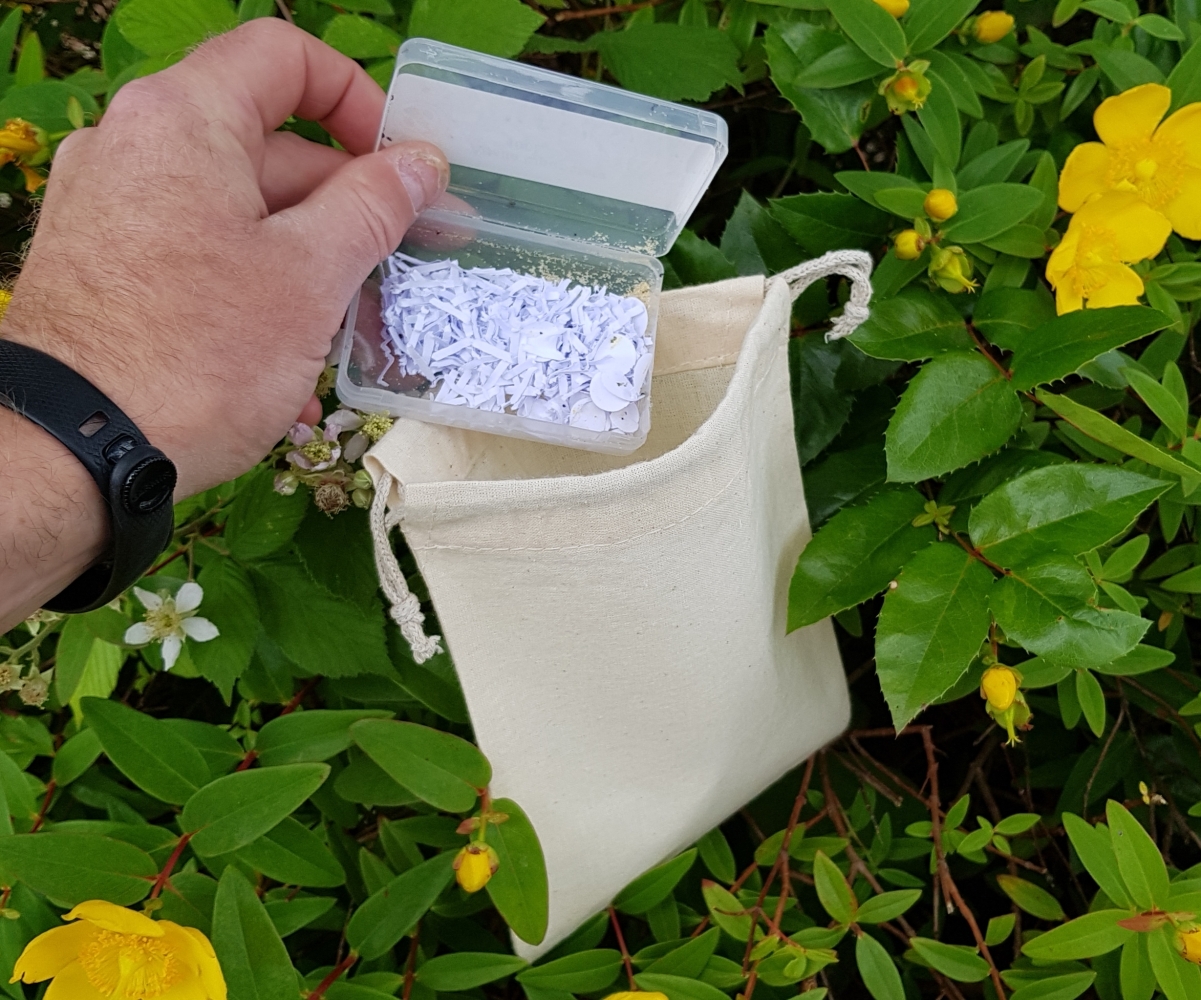

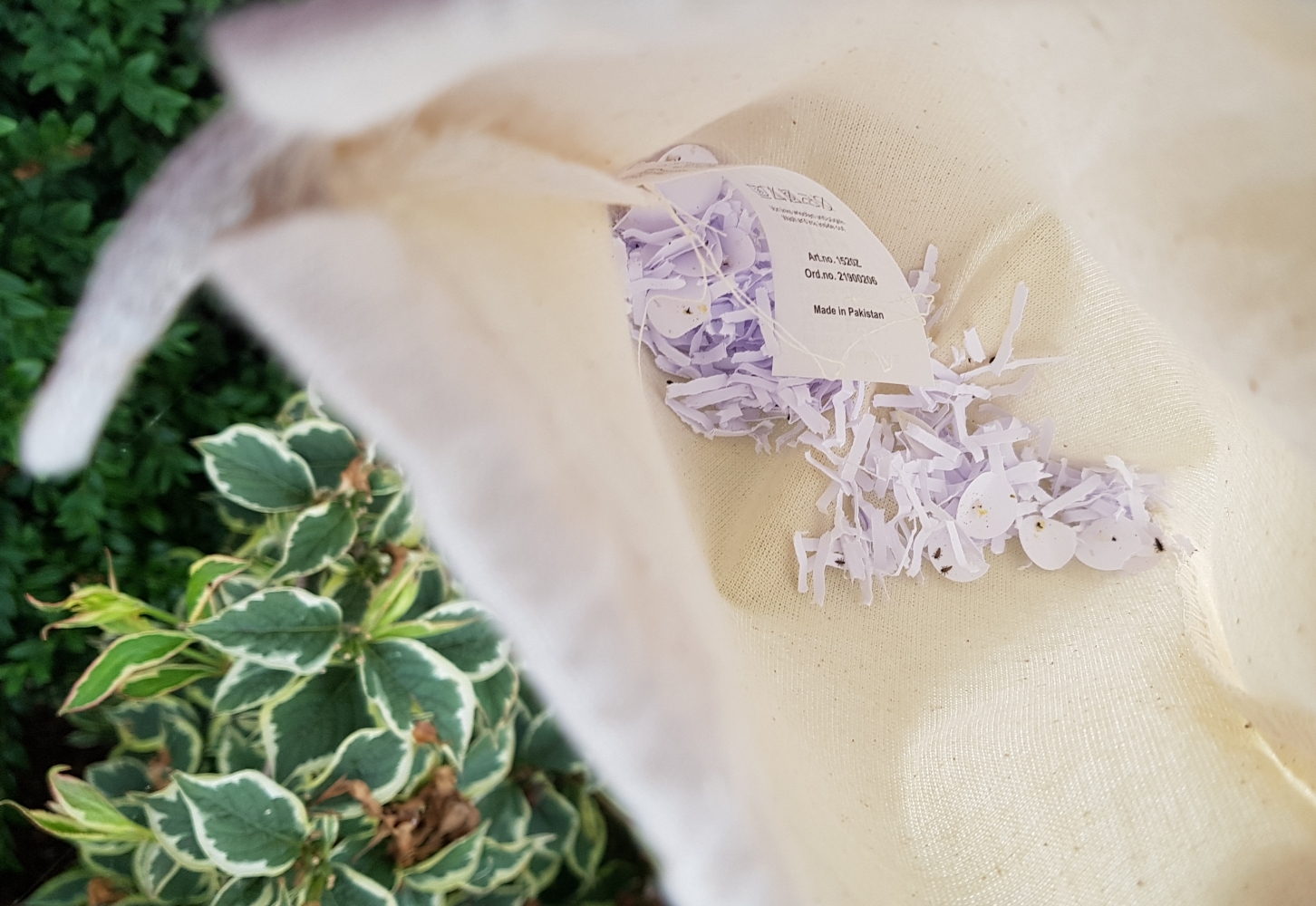
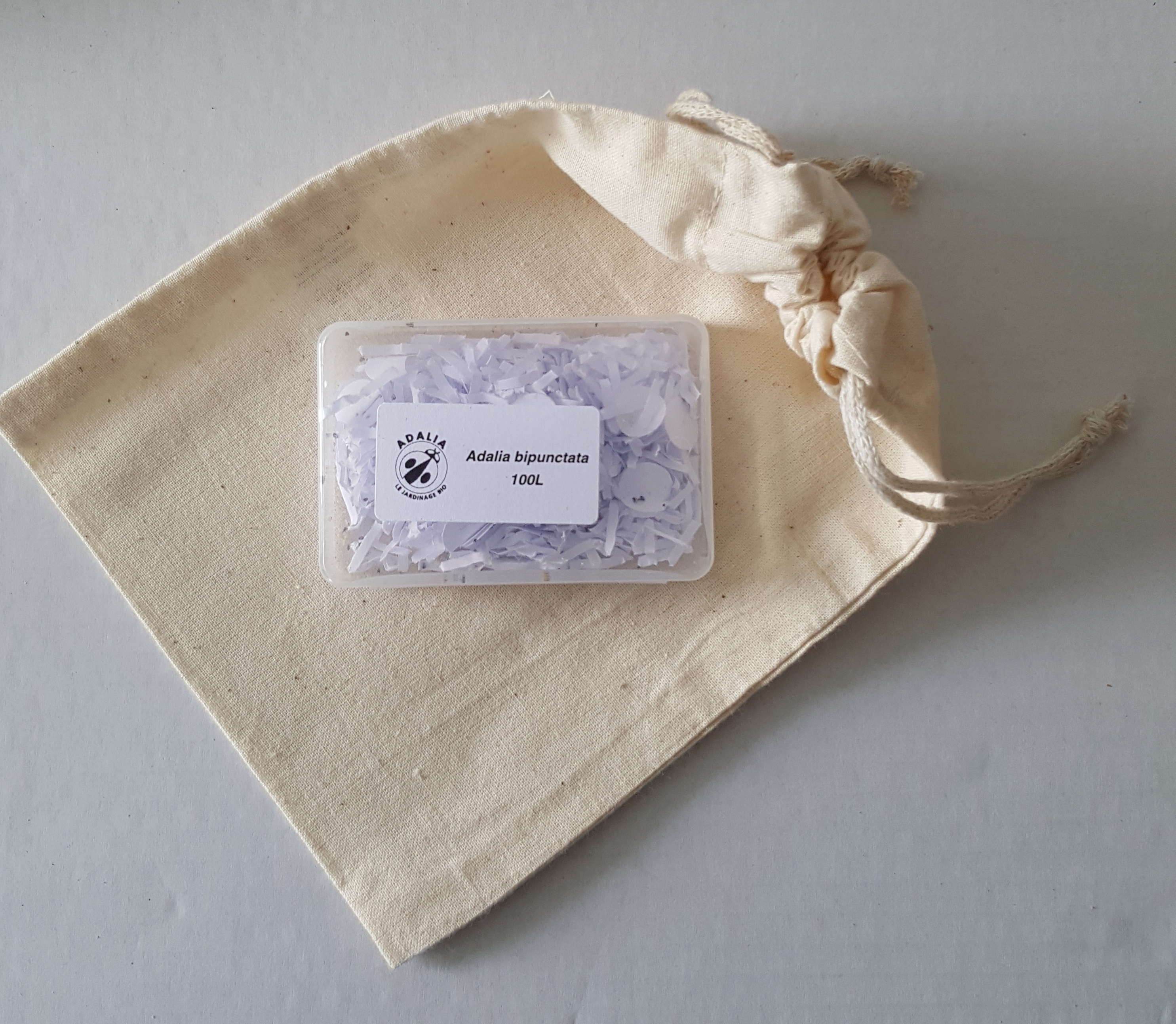
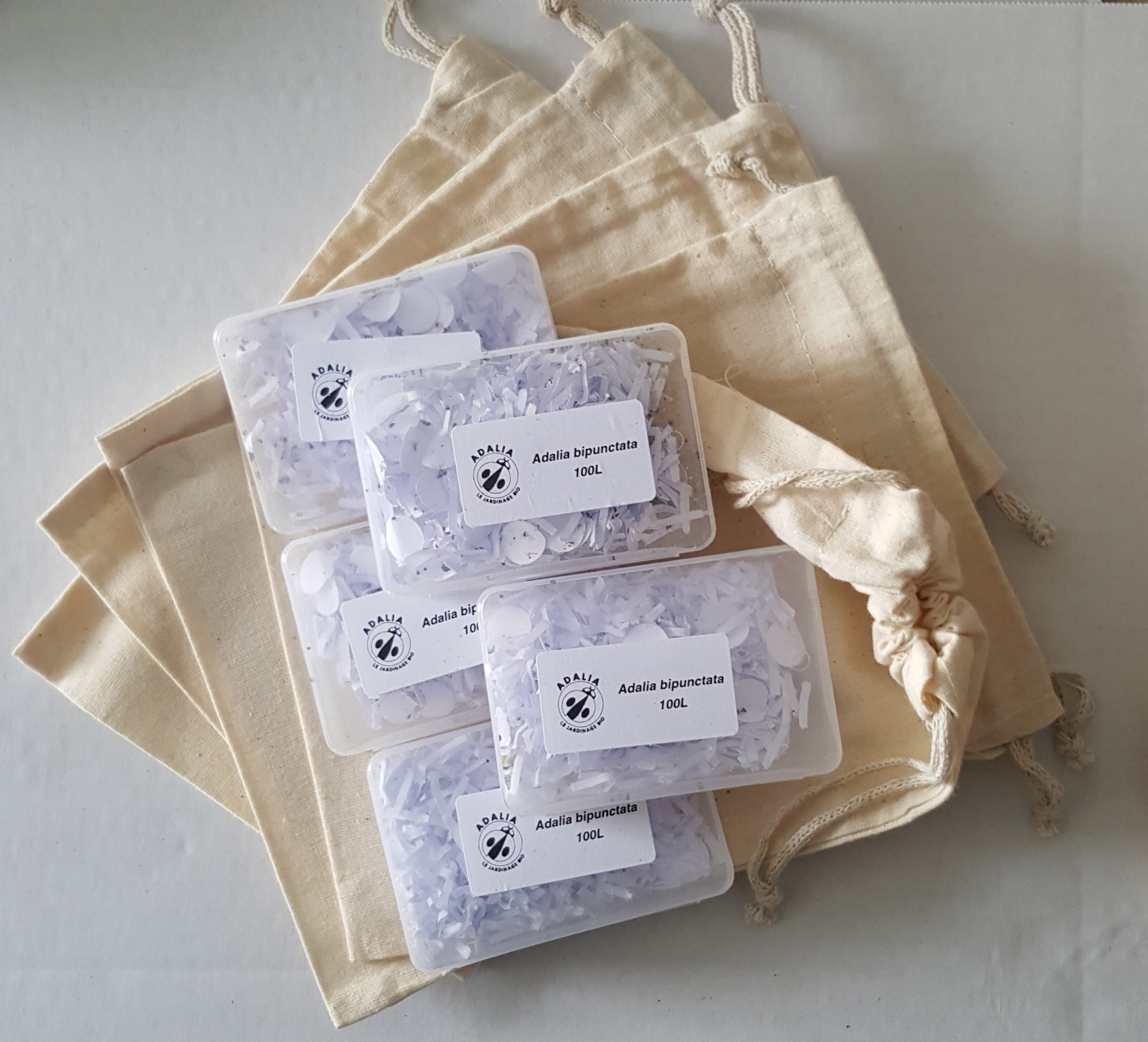
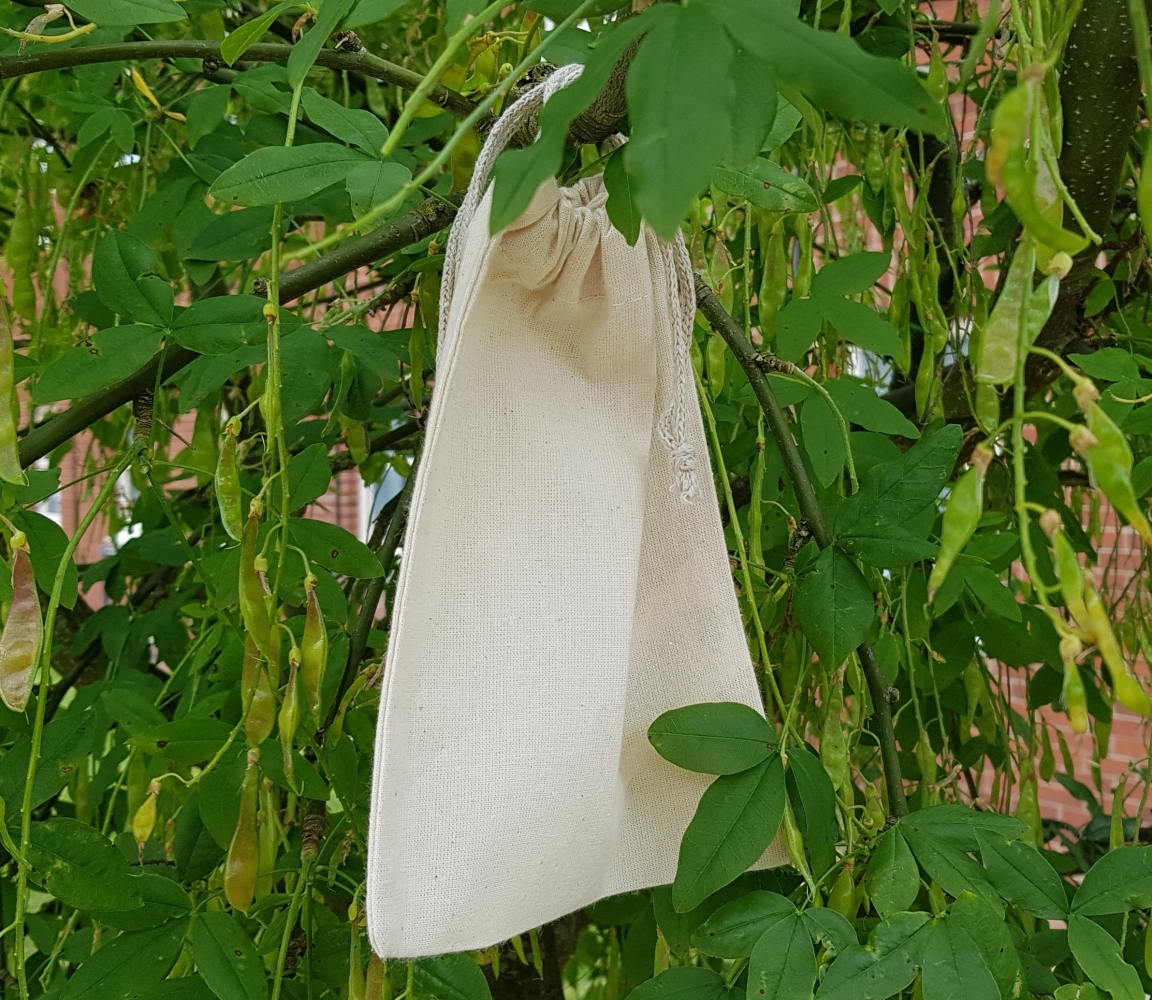
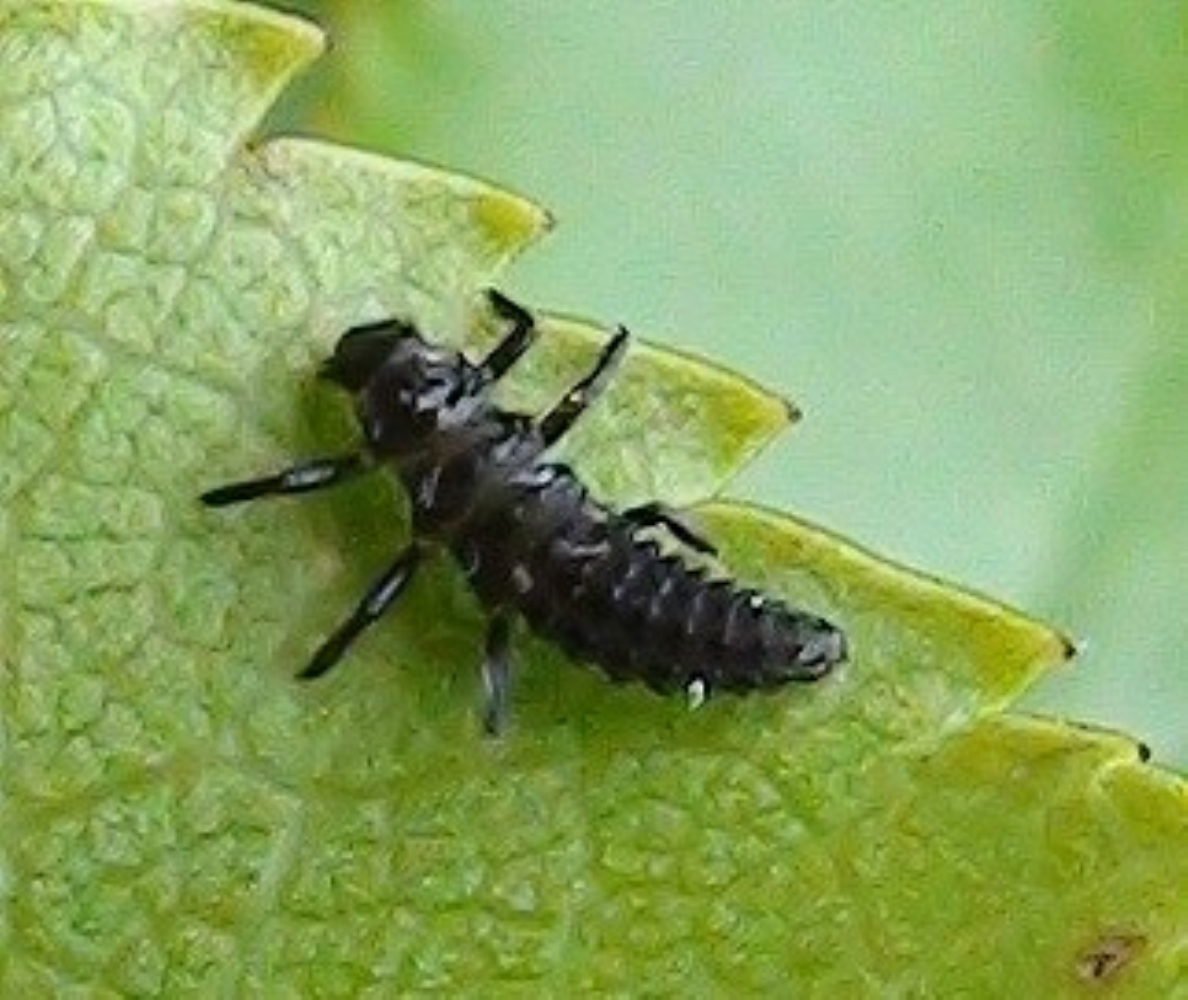
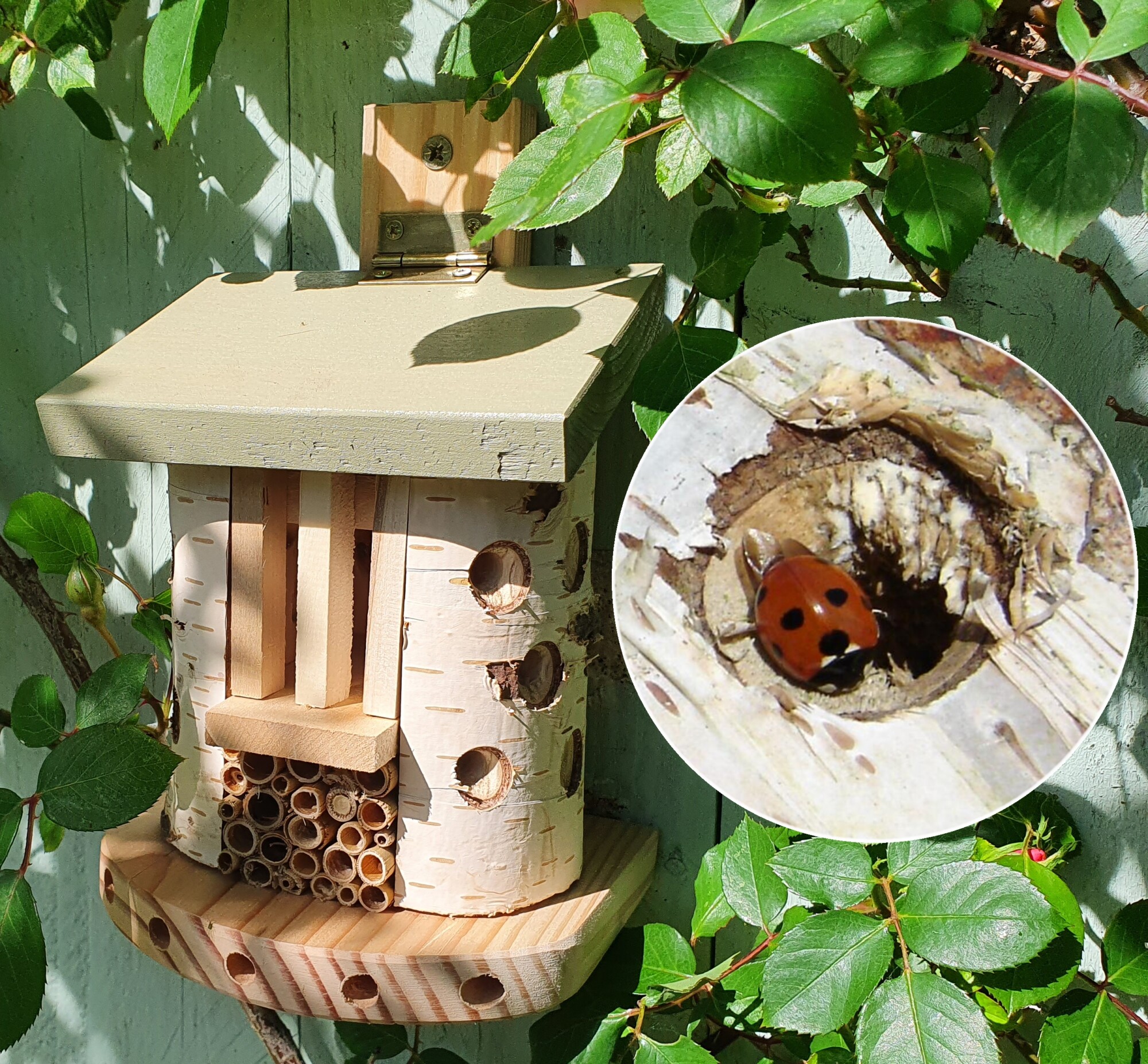
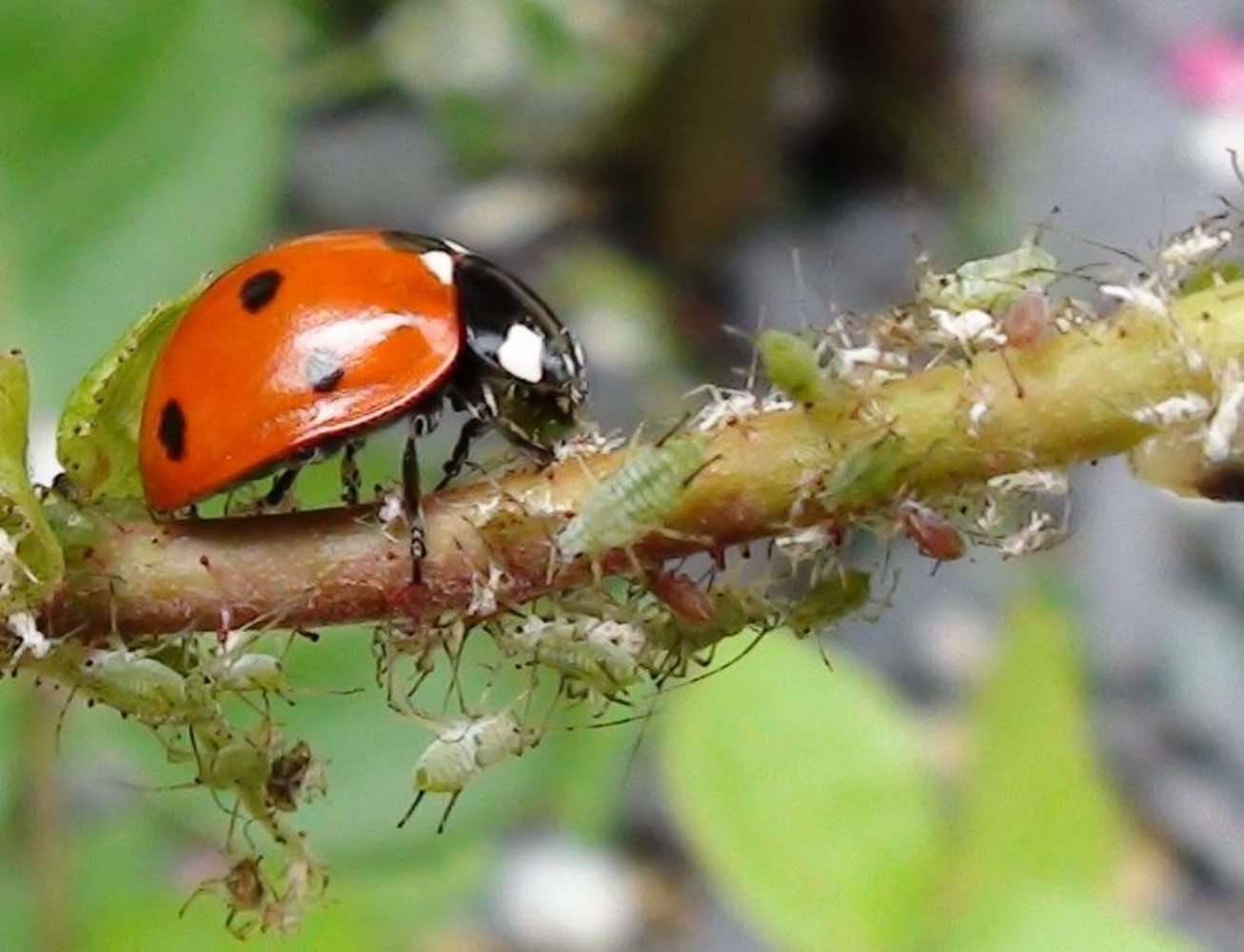
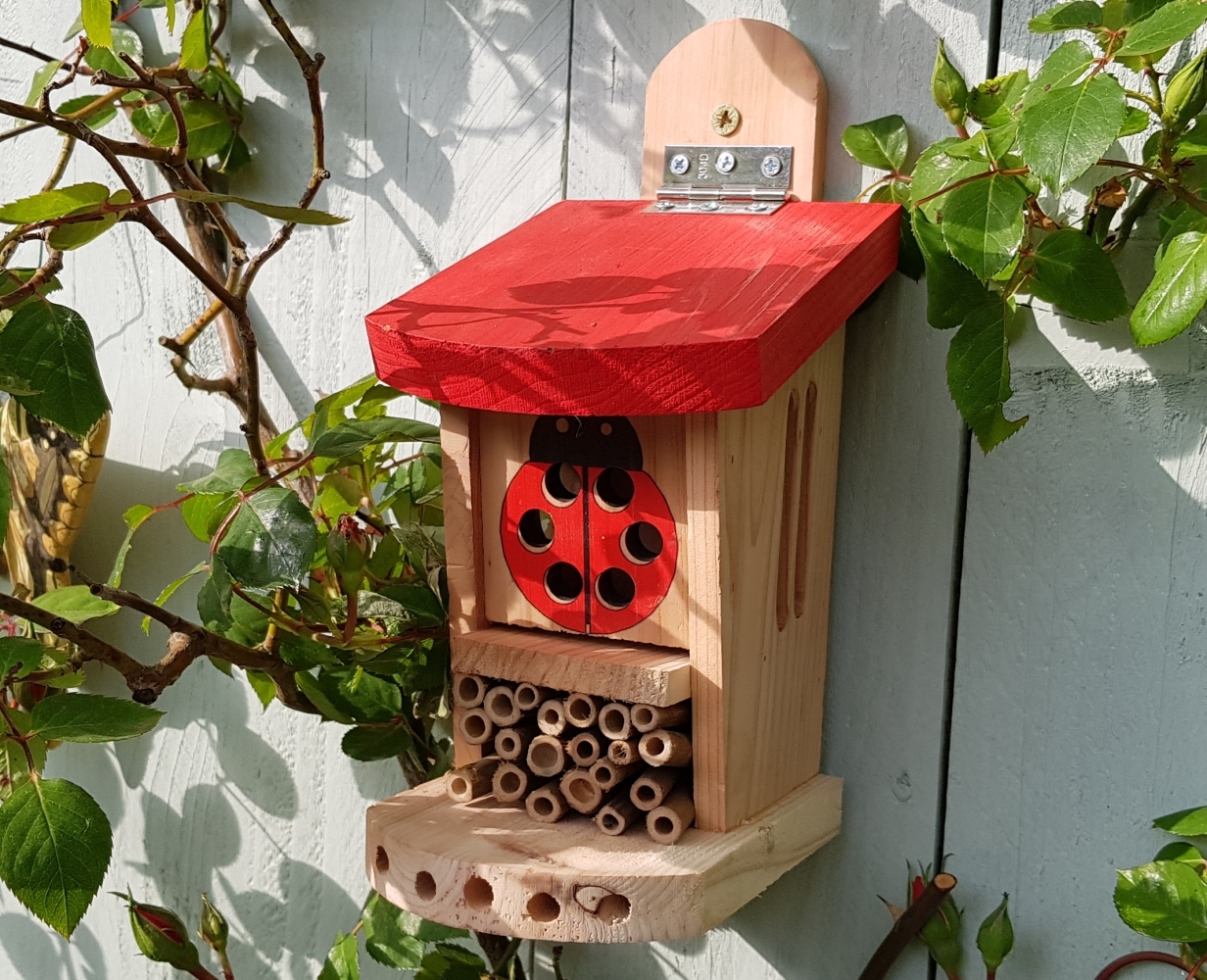
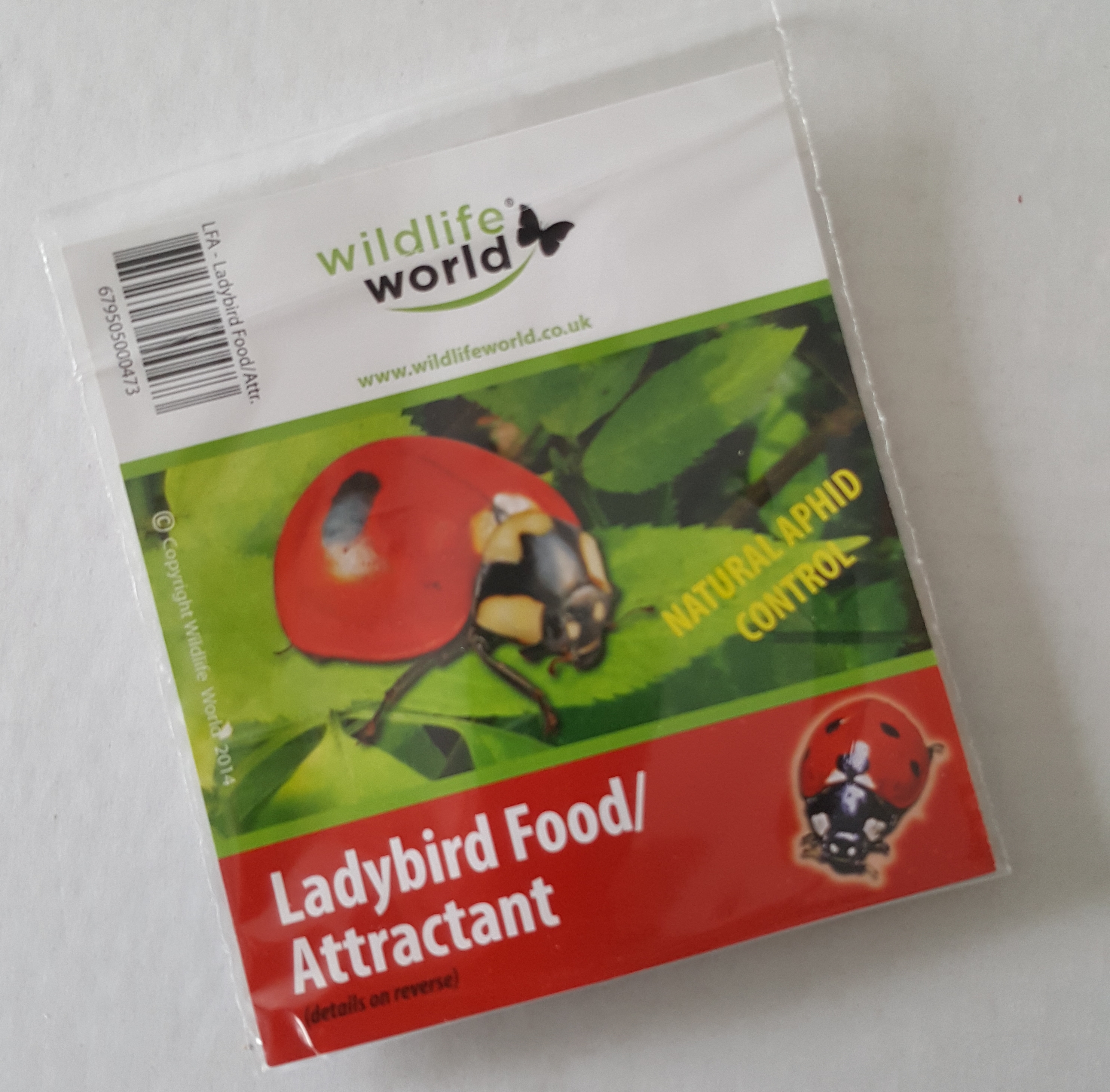

Aimie (verified owner) –
I am e-mailing to say how extremely happy I am with the Ladybird Larvae that I ordered from you. This is my first time using them and they have nearly completely destroyed the aphids population that was damaging my apple tree within just a week. I will be ordering again from you in the future to control aphids naturally.
Julie (verified owner) –
I purchased some baby ladybirds and chose this company as they are in the same county and the ladybirds would not be in transit too long. Arrived within a couple of days. I followed instructions for release. Two weeks on there appears to be many adult ladybirds in the garden. Not sure yet if its enough, as the blackfly appear to have a stronghold. But several of the ladybirds are on the flowerbed where the blackfly is worse- hopefully eating their way through- fingers crossed. Liked that this was a natural/ green option.
John Tait (verified owner) –
Bought these for an explosion of greenfly on my peppers in the greenhouse
There were some miniscule larvae in the package and some black specs which might have been eggs ?
Time will tell if they make a dent in the aphids so a generous 4 star score for now
Jon –
They are small when they arrive as they are newly hatched but they are also very hungry and will get stuck into aphids bigger than themselves. Please let me know how you get on with them. Kind regards Jon @ Green Gardener
Shirley (verified owner) –
I was quite sceptical about these as they are so tiny. I needn’t have worried. A week later the larvae are whoppers and quickly devouring the aphids. I’m so impressed that I’m ordering some more of these.
Karen Hort –
Received ladybird lava and release bag today, prompt delivery. Unsure whether the release bag should be left open or the string pulled closed when hanging in the tree.
Jon –
Hi there – pull it closed but not all the way so the larvae can crawl out to start eating aphids. Kind regards Jon @ Green Gardener
TESSA HALLTey (verified owner) –
What is the easiest way to get the larvae into the bags?
Jon –
Thanks for the message and honestly just tip them in. If they refuse to let go of the container you can pop the whole opened container in or tease the out with a small paint brush. Kind regards Jon @ Green Gardener
Jane (verified owner) –
Our currant and gooseberry bushes were absolutely riddled with aphids. Two weeks after introducing the larvae, hardly any aphids remain. They may be tiny but they do an impressive job! Will definitely be ordering again.
Patricia Clothier –
This is the first time I have used Ladybird larva and am so pleased that I’m ordering more. Was a bit surprised by how small they were but they grew very quickly.I noticed the ants that were farming the aphids attacking them.Can they survive this attack when small?
Michael (verified owner) –
Hi,
My ladybird larvae just arrived. I read the instructions which says I need to set glue bands around the trunk of my trees! I didn’t see that coming. How long will they cope with being in the fridge? or do I store them somewhere else until I get some glue bands?
Jon –
Thanks for the message and you only need a glue band if ants are a big problem – ants farm aphids for the honeydew they produce and will defend them from ladybirds. The larvae will keep for 3 days in the fridge or you can release them and position the glue band (available on the site) a few days later. Kind regards Jon @ Green Gardener
Simon (verified owner) –
5 stars. Bought the larvae in June for a very bad infestation of aphids on a relatively young rambling rose. After hanging the bag nothing much happened for a few days then noticed the small larvae emerging. Very quickly they were working their way around the plant cleaning up all the aphids, while growing in size. They did a great job. Will be getting some more next year.
We are now in late summer and the rose leaves are being eaten to pieces, I think by sawfly larvae. Would the ladybird larvae have helped with those if I had re-introduced them before the sawfly larvae took hold?
Jon –
Thanks for the message and ladybirds will take very small / young caterpillars so they would have helped but normally to control sawfly caterpillars, Nemasys Fruit and Veg nematodes are much more effective. Kind regards Jon @ Green Gardener
Jacqui Pritchard (verified owner) –
Humanely packaged live ladybirds and ladybird larva all bursting with health and vitality arrived on the date requested thank you. My garden had plenty of Harlequin alien ladybirds but none of our native type. I have already spotted some native ladybirds which must have come from the larva I purchased last year. So I can confirm the supplied larva are breeding this year. Team aphid eaters are keeping my roses clear 🙂
Lucy Bain (verified owner) –
Fast delivery, ladybird larva arrived safely and instructions for adding them to the garden were clear. Will buy again in future.
Jon (verified owner) –
After 20 years of a cherry tree not being able to grow leaves because of aphids destroying them as they sprouted, I bought a box of ladybird larvae, which promptly ate the lot. For the first time since planting the tree it had leaves! It must have broken the egg cycle too because the following year ( last year) no aphids. This year leaves grew fine, but then a few started to get aphids, so I bought more ladybird larvae and they’ve done their job. All without damaging chemicals too. Excellent. Good overnight delivery service too.
Anonymous (verified owner) –
Third year purchase for our Allotment site. Well worth it. Ladybirds and larvae distribution for 100 plots.
Laura Frost –
I have just received my package of larvae this morning. They are tiny and I was scared I’d hurt them when placing them on my pepper plants! I’ve added to my lupins also as the aphids have a field day on them as well! Let’s hope they fight the good fight and clear the aphids as my poor peppers are running out of time!
Jon (verified owner) –
Thanks for the message and as soon as aphids or other pests appear then you can release ladybirds. Its always better if they have something to eat. These are native insects and there is plenty of food in your garden and once the pupate and turn into adult ladybirds they can simply spread round the garden. Kind regards Jon @ Green Gardener
Rosemarie Armstrong-Woodroffe –
Can you release the larvae into a green house?
Jon (verified owner) –
Thanks for the message and you can use them in the greenhouse or outdoors – wherever you have pests for them to eat. Please visit Our Ladybird Larvae page to find out more. Kind regards Jon @ Green Gardener
Helen Hurricks (verified owner) –
Our first order arrived two weeks ago. They were well packaged and the release bags are excellent. The larvae were very tiny when they first arrived and they were trying to escape from their cases by crawling out between the base and the lid. It took me a while to ease the container apart so that I didn’t hurt any of the larvae. Once in the bags I moved them (ordered 2 sets) daily to cover various plants that were being ravaged by aphids. They’re very tiny, so picking them up by hand felt impossible. Initially it seemed that the Aphids were outnumbering the larvae but two weeks later my plants are looking pretty clean. There are plenty of plump larvae about. Some of whom I have picked up and moved to fresh infestation sites. Also noticed that some are now in the process of turning into adult beetles. It’s been fun looking for them and they do indeed have very healthy appetites! I’m amazed how large they grow within two weeks!
Penny Mason (verified owner) –
I bought 100 larvae, I did think that the ants had killed all the larvae because I couldn’t find any, but today I have gone to my veg patch and there are adult ladybirds everywhere, and not an aphid in sight.
Arma Jusufagic (verified owner) –
At first I hung 2 bags outside and waited 2 weeks, I saw one lady bird and was so disappointed, I really thought I’d wasted my money. My partner is the patient one so he suggested to leave it longer, and then… they all started appearing! There are ladybirds and large larvae everywhere! I really wish I could upload videos. The best thing is that we have a cherry tree which 50% of the leaves were covered in blackfly and we were getting no new growth, I would say that 95% of them are gone now. We also have a huge tree that hangs over our garden and the sap situation was ridiculous from aphids sucking the sap out, now there is no sap!!! Next year I will buy again but slightly earlier, I am SO impressed.
Eleanor Stevens (verified owner) –
Prompt service. The ladybird larvae worked wonders on my black fly infested cucumber plant, which is now thriving. I love the ladybird house too. Very pleased with my purchases and service.
Belinda Greathurst –
Just got ladybirds and now in shed with plenty of lettuce leaves honey and water to drink on a cotton pad look for them later